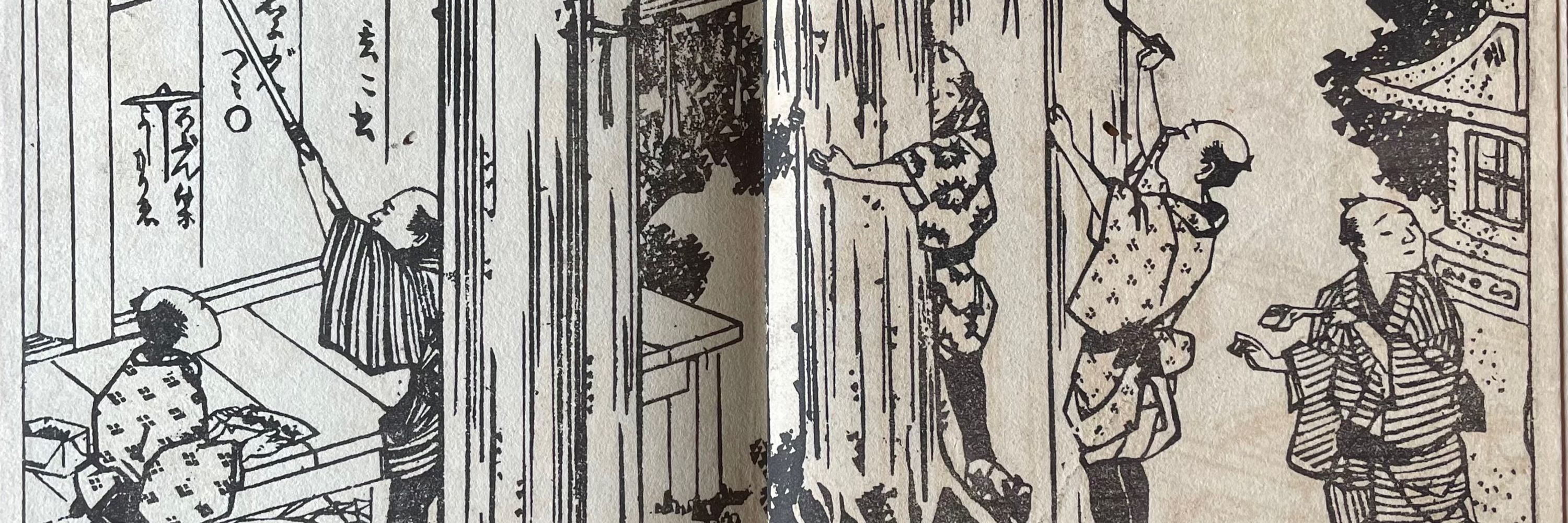
Caleb Carter
@calebscarter.bsky.social
Teaching Japanese religions at Kyushu Uni, thinking about religiosity and mountains, modernity, religious graffiti. Casual climber and banjo noodler.
Upcoming workshop on spirituality at Kyudai this Friday
For those in the area, let me know if you’d like to join us (sorry, in-person only)
For those in the area, let me know if you’d like to join us (sorry, in-person only)

November 9, 2025 at 5:52 AM
Upcoming workshop on spirituality at Kyudai this Friday
For those in the area, let me know if you’d like to join us (sorry, in-person only)
For those in the area, let me know if you’d like to join us (sorry, in-person only)
First attempt at using Word's audio transcription in a while (just forgot to set it for Japanese)

October 27, 2025 at 2:25 AM
First attempt at using Word's audio transcription in a while (just forgot to set it for Japanese)
Research update from the Japanese Alps (Karasawa basin, Kamikōchi, Nagano pref)
October 26, 2025 at 12:38 PM
Research update from the Japanese Alps (Karasawa basin, Kamikōchi, Nagano pref)
Cosmos on the autumnal equinox, Fukuoka, Japan

September 24, 2025 at 6:30 AM
Cosmos on the autumnal equinox, Fukuoka, Japan
No regrets on missing this for the No Kings Boston Pride parade
June 15, 2025 at 1:35 AM
No regrets on missing this for the No Kings Boston Pride parade
2023年に星野靖二先生と平藤喜久子先生が私を國學院大學でのシンポジウム「見られることで何が変わるのか--ツーリズムと宗教文化」に招待下さいました。なかなか魅力的なテーマで、やはりそれぞれの発表は大変面白かったです。
今月その報告書が出ました:https://k-rain.repo.nii.ac.jp/records/2001633
その中で私は修験道の事例を上げ、どのようにツーリズムと交錯しているのかを考慮しました。⬇️
tinyurl.com/3z7v7w6m
今月その報告書が出ました:https://k-rain.repo.nii.ac.jp/records/2001633
その中で私は修験道の事例を上げ、どのようにツーリズムと交錯しているのかを考慮しました。⬇️
tinyurl.com/3z7v7w6m

May 21, 2025 at 8:54 PM
2023年に星野靖二先生と平藤喜久子先生が私を國學院大學でのシンポジウム「見られることで何が変わるのか--ツーリズムと宗教文化」に招待下さいました。なかなか魅力的なテーマで、やはりそれぞれの発表は大変面白かったです。
今月その報告書が出ました:https://k-rain.repo.nii.ac.jp/records/2001633
その中で私は修験道の事例を上げ、どのようにツーリズムと交錯しているのかを考慮しました。⬇️
tinyurl.com/3z7v7w6m
今月その報告書が出ました:https://k-rain.repo.nii.ac.jp/records/2001633
その中で私は修験道の事例を上げ、どのようにツーリズムと交錯しているのかを考慮しました。⬇️
tinyurl.com/3z7v7w6m
If you're an early bird at the Association of Asian Studies this year, come visit us on Thursday eve! There's something for scholars of religious studies, art history, anthropology, and environmental history. And oh yes, mountain lovers. #AAS2025
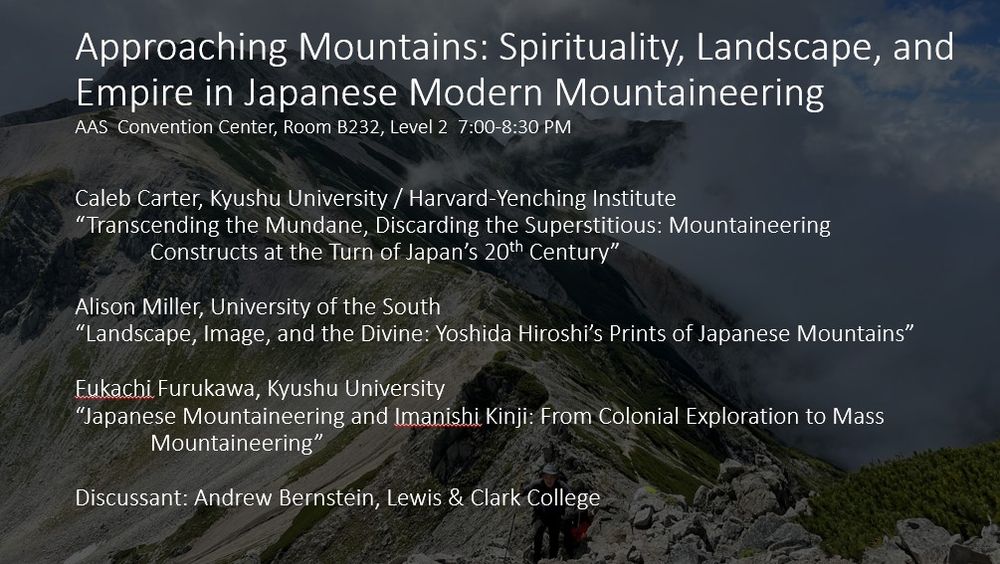
March 5, 2025 at 1:53 PM
If you're an early bird at the Association of Asian Studies this year, come visit us on Thursday eve! There's something for scholars of religious studies, art history, anthropology, and environmental history. And oh yes, mountain lovers. #AAS2025
The epilogue recounts the gov’t's decimation of Shugendō in the Meiji era before pivoting to its recent return to many mountains. I end by reflecting on how historical perceptions shape its performance today and how reimagining that history fosters new modes of engagement.
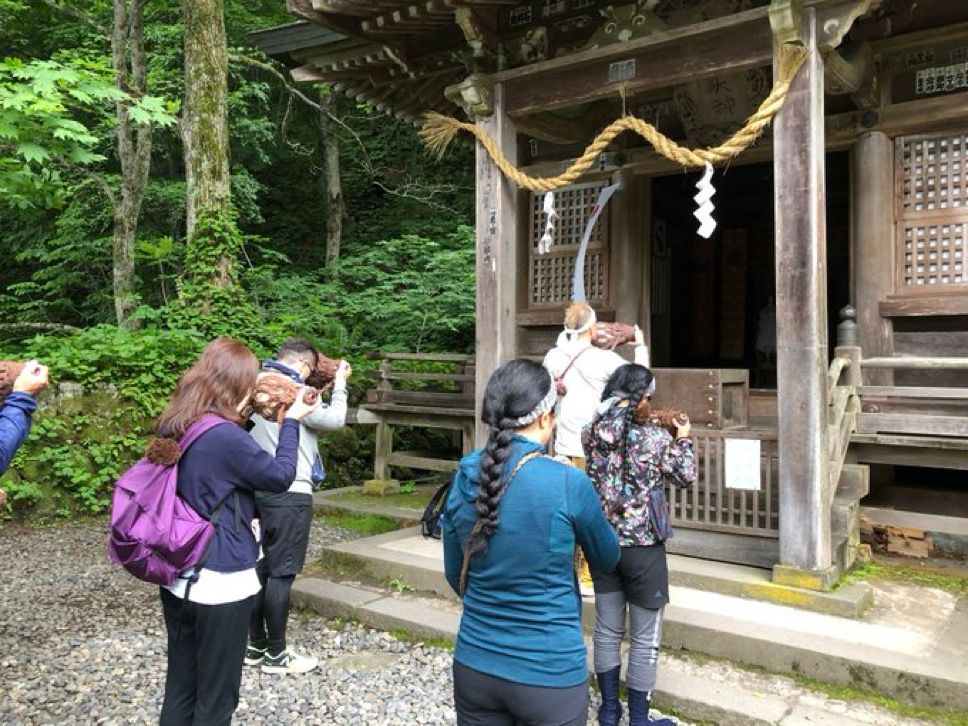
February 4, 2025 at 10:35 PM
The epilogue recounts the gov’t's decimation of Shugendō in the Meiji era before pivoting to its recent return to many mountains. I end by reflecting on how historical perceptions shape its performance today and how reimagining that history fosters new modes of engagement.
Ch 10 shows how 18th c. storytelling strategically embedded Shugendō in the ancient landscape, placing it at the very roots of the mountain’s origins. This image remains today, offering both inspiration and obstacles for innovation.

February 4, 2025 at 10:35 PM
Ch 10 shows how 18th c. storytelling strategically embedded Shugendō in the ancient landscape, placing it at the very roots of the mountain’s origins. This image remains today, offering both inspiration and obstacles for innovation.
Ch 9 returns to the issue of women’s exclusion from the site. I look at the economics, popular beliefs, and policies that accelerated this exclusion in the 18th century. Relying on Miyazaki Fumiko’s work, I also use Mount Fuji’s loosening restrictions as a counter example.

February 4, 2025 at 10:35 PM
Ch 9 returns to the issue of women’s exclusion from the site. I look at the economics, popular beliefs, and policies that accelerated this exclusion in the 18th century. Relying on Miyazaki Fumiko’s work, I also use Mount Fuji’s loosening restrictions as a counter example.
Ch 8 explores the early modern growth of Shugendō at Togakushi through new narratives, rituals, and policies. While the apex of Shugendō is typically romanticized as medieval, the evidence demonstrates that it’s really the Edo period when things take off.
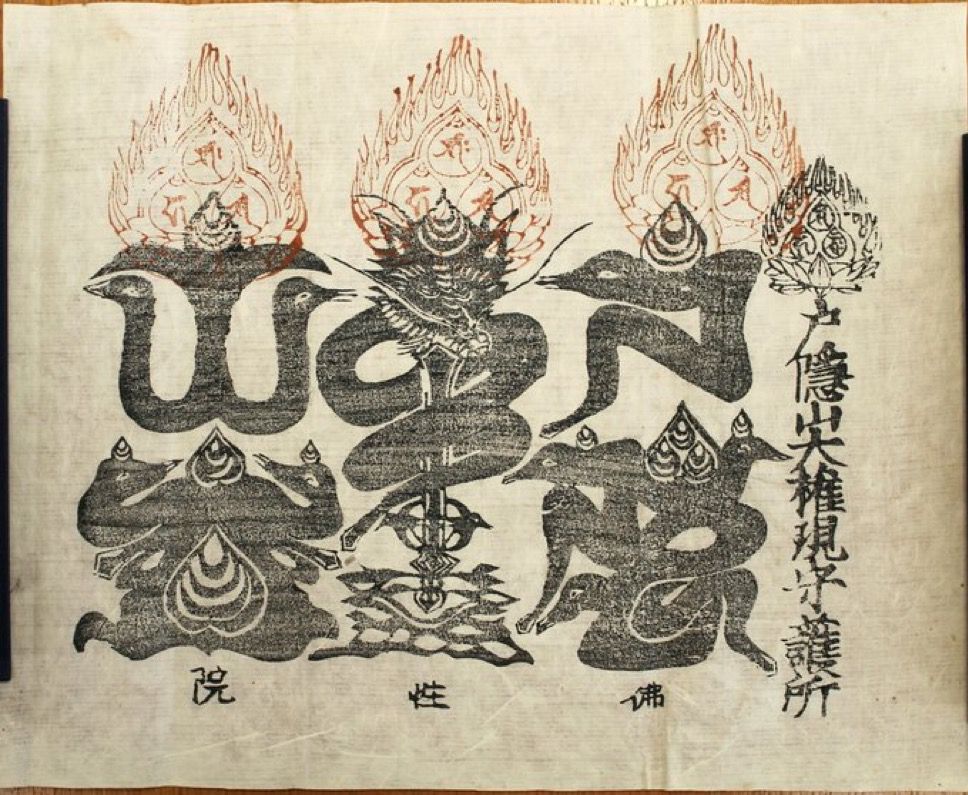
February 4, 2025 at 10:35 PM
Ch 8 explores the early modern growth of Shugendō at Togakushi through new narratives, rituals, and policies. While the apex of Shugendō is typically romanticized as medieval, the evidence demonstrates that it’s really the Edo period when things take off.
After revising the conventional timeline of Shugendo, I similarly locate Shinto's arrival in the 17th c. Despite common perceptions, this shows that neither Shugendō nor Shinto were ancient traditions but spread to sites like Togakushi through specific historical contexts.
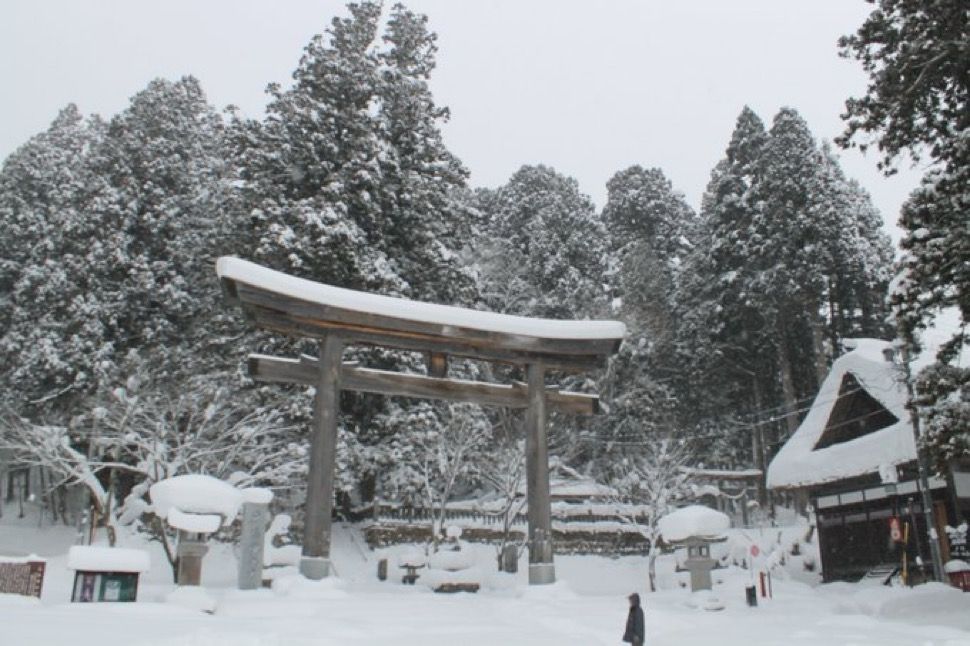
February 4, 2025 at 10:35 PM
After revising the conventional timeline of Shugendo, I similarly locate Shinto's arrival in the 17th c. Despite common perceptions, this shows that neither Shugendō nor Shinto were ancient traditions but spread to sites like Togakushi through specific historical contexts.
Ch 7 focuses on how Togakushi's priests and Shugendō practitioners promoted their mountain’s wonders to a growing laity and traveling public who were eager to experience Shugendō firsthand and encounter the mountain’s famous dragon spirit.
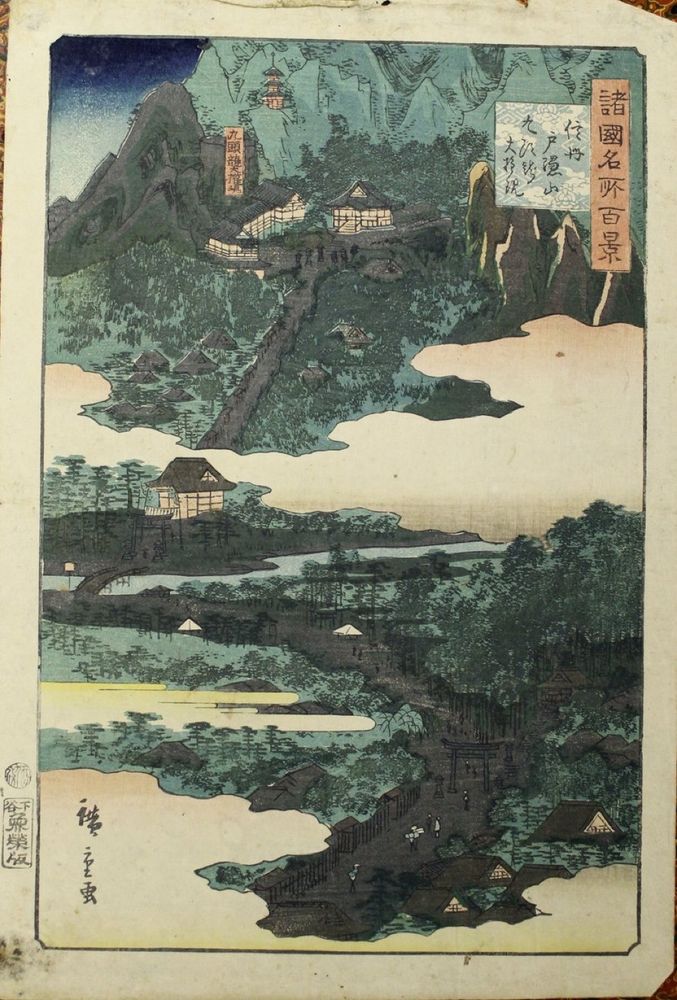
February 4, 2025 at 10:35 PM
Ch 7 focuses on how Togakushi's priests and Shugendō practitioners promoted their mountain’s wonders to a growing laity and traveling public who were eager to experience Shugendō firsthand and encounter the mountain’s famous dragon spirit.
Ch 6 traces the transmission of those texts and the ritualized mountain entries they describe to Togakushi in the 1520s, marking the birth of Shugendō at the site.

February 4, 2025 at 10:35 PM
Ch 6 traces the transmission of those texts and the ritualized mountain entries they describe to Togakushi in the 1520s, marking the birth of Shugendō at the site.
In chapter 5 we reach the self-conscious system of Shugendō. First emergent in mountains south of Nara, it gets fully articulated in ritual texts compiled at Mount Hiko (Kyushu) in the early 16th century.
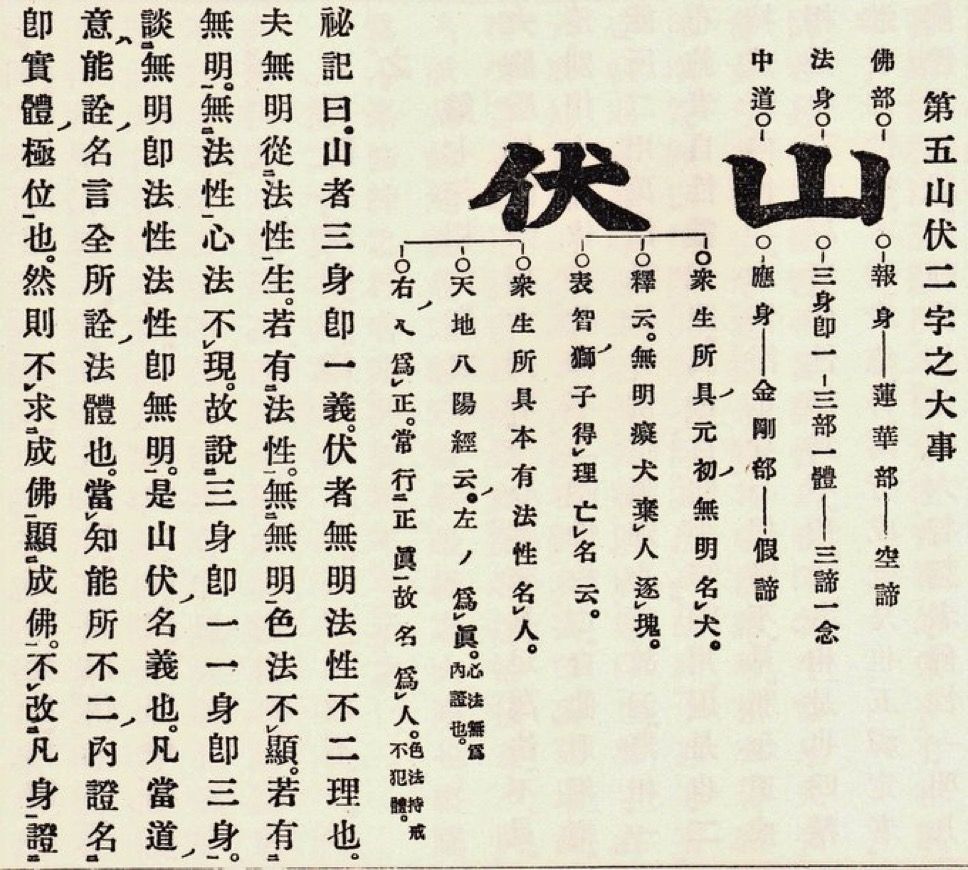
February 4, 2025 at 10:35 PM
In chapter 5 we reach the self-conscious system of Shugendō. First emergent in mountains south of Nara, it gets fully articulated in ritual texts compiled at Mount Hiko (Kyushu) in the early 16th century.
Ch 4 covers asceticism in the caves and on the slopes of Togakushi up through the fifteenth century. This activity is usually identified as part of Shugendō. I distinguish as part of esoteric Buddhism but absent of any self-aware elements of Shugendō.
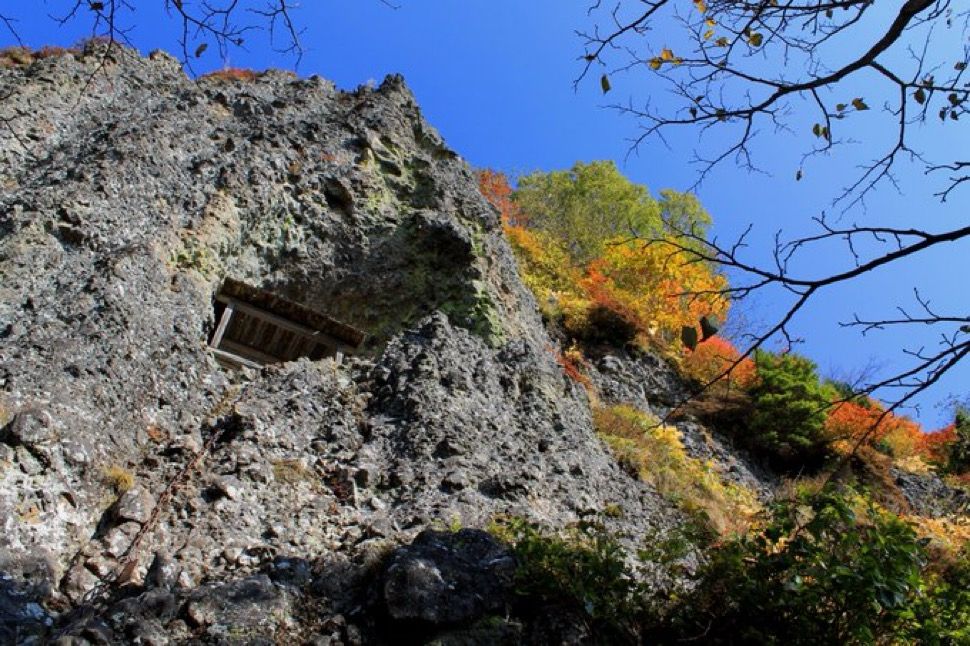
February 4, 2025 at 10:35 PM
Ch 4 covers asceticism in the caves and on the slopes of Togakushi up through the fifteenth century. This activity is usually identified as part of Shugendō. I distinguish as part of esoteric Buddhism but absent of any self-aware elements of Shugendō.
Ch 3 examines internal tensions over exclusionary policies against women at Togakushi and other mountains. Texts I introduce expose significant rifts over such practices in medieval Japan.
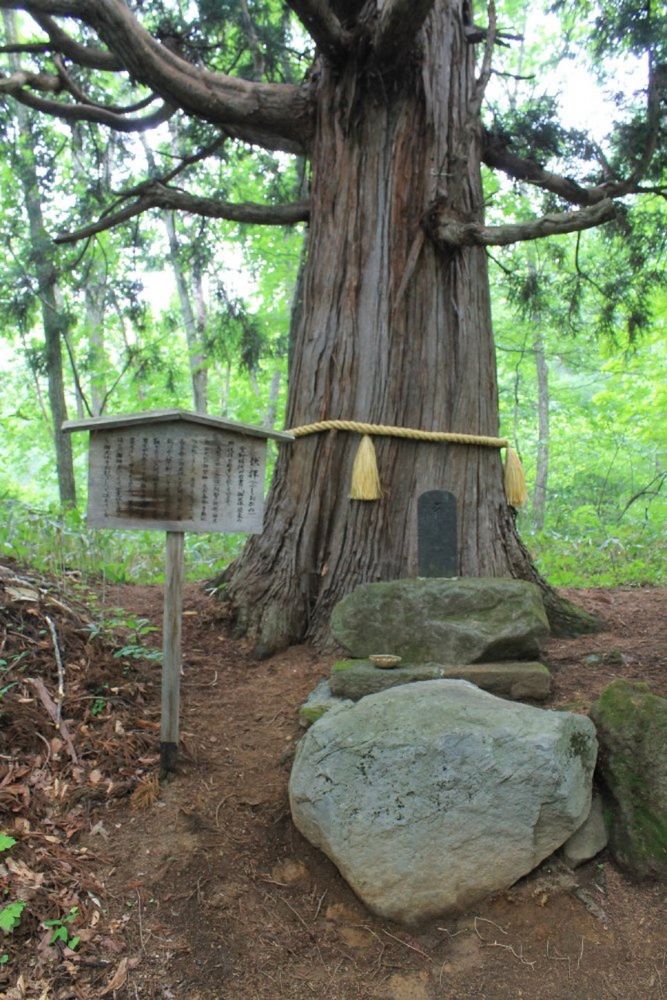
February 4, 2025 at 10:35 PM
Ch 3 examines internal tensions over exclusionary policies against women at Togakushi and other mountains. Texts I introduce expose significant rifts over such practices in medieval Japan.
Ch 2 shows how two centuries later–as the country’s central powers buckled under the brink of warfare–the mountain community flexed its autonomy, taking back its legendary origins and transforming the earlier beast into an all-powerful nine-headed dragon.
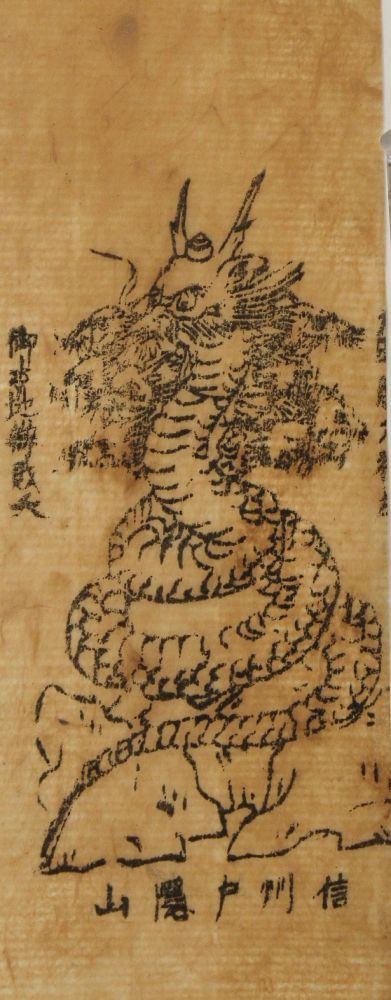
February 4, 2025 at 10:35 PM
Ch 2 shows how two centuries later–as the country’s central powers buckled under the brink of warfare–the mountain community flexed its autonomy, taking back its legendary origins and transforming the earlier beast into an all-powerful nine-headed dragon.
Ch 1 looks how at how a monastic powerhouse—economically, politically, militarily—influenced Togakushi and beyond in the 13th c. through a simple technique. Storytelling. Subject: a serpentine demon with nine heads.
(Photos below are mine from Togakushi and the archives.)
(Photos below are mine from Togakushi and the archives.)
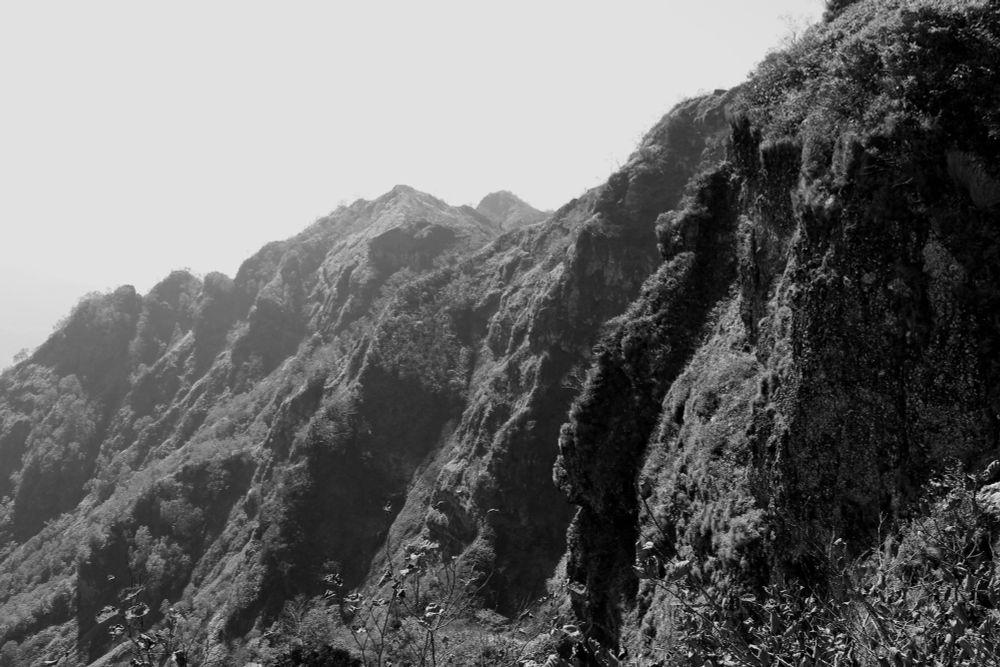
February 4, 2025 at 10:35 PM
Ch 1 looks how at how a monastic powerhouse—economically, politically, militarily—influenced Togakushi and beyond in the 13th c. through a simple technique. Storytelling. Subject: a serpentine demon with nine heads.
(Photos below are mine from Togakushi and the archives.)
(Photos below are mine from Togakushi and the archives.)
For my birthday, I’m ‘ungifting’ myself a Twitter/X account. After 13 years, I’ve just deleted it—cathartic 🤩. I’m salvaging this one 🧵, which introduces my book from 2022.

February 4, 2025 at 10:35 PM
For my birthday, I’m ‘ungifting’ myself a Twitter/X account. After 13 years, I’ve just deleted it—cathartic 🤩. I’m salvaging this one 🧵, which introduces my book from 2022.
Brits are bringing Protestant orientations to Japan's mountains, naturalist literature by Emerson and others is being read, Japanese climbers are evaluating their own cultural heritage of mountain worship, women are ascending more peaks, and imperial agendas advance on the sidelines.

January 10, 2025 at 4:32 PM
Brits are bringing Protestant orientations to Japan's mountains, naturalist literature by Emerson and others is being read, Japanese climbers are evaluating their own cultural heritage of mountain worship, women are ascending more peaks, and imperial agendas advance on the sidelines.
It began with a question. Many of us love to get into the mountains--why? Even when unconnected to religion in a formal sense, there's often something deeper going on than just exercise. I'm tracing those underlying ideas, with an emphasis on Japan (my field of expertise). The material is rich!

January 10, 2025 at 4:32 PM
It began with a question. Many of us love to get into the mountains--why? Even when unconnected to religion in a formal sense, there's often something deeper going on than just exercise. I'm tracing those underlying ideas, with an emphasis on Japan (my field of expertise). The material is rich!



